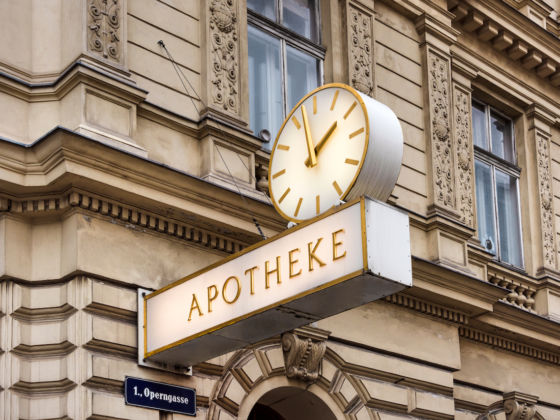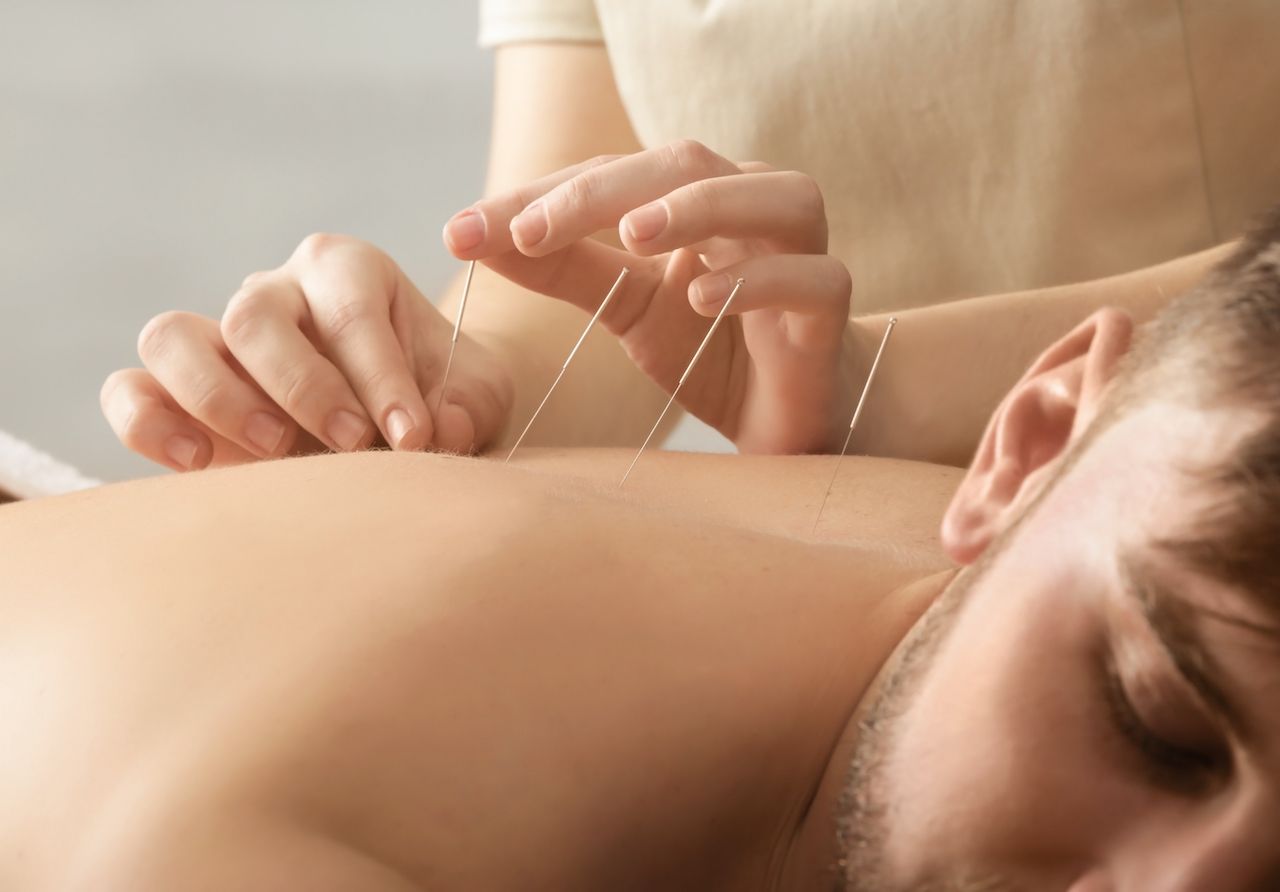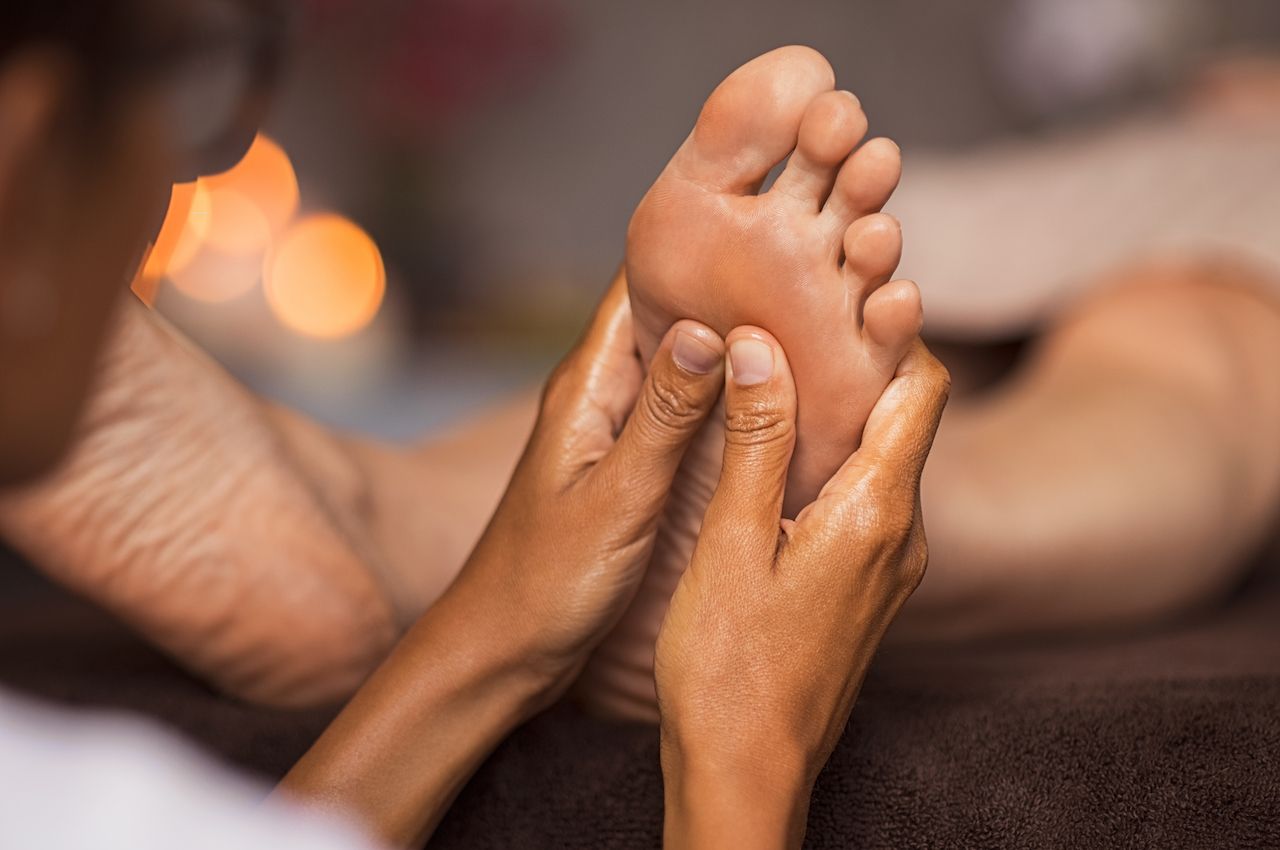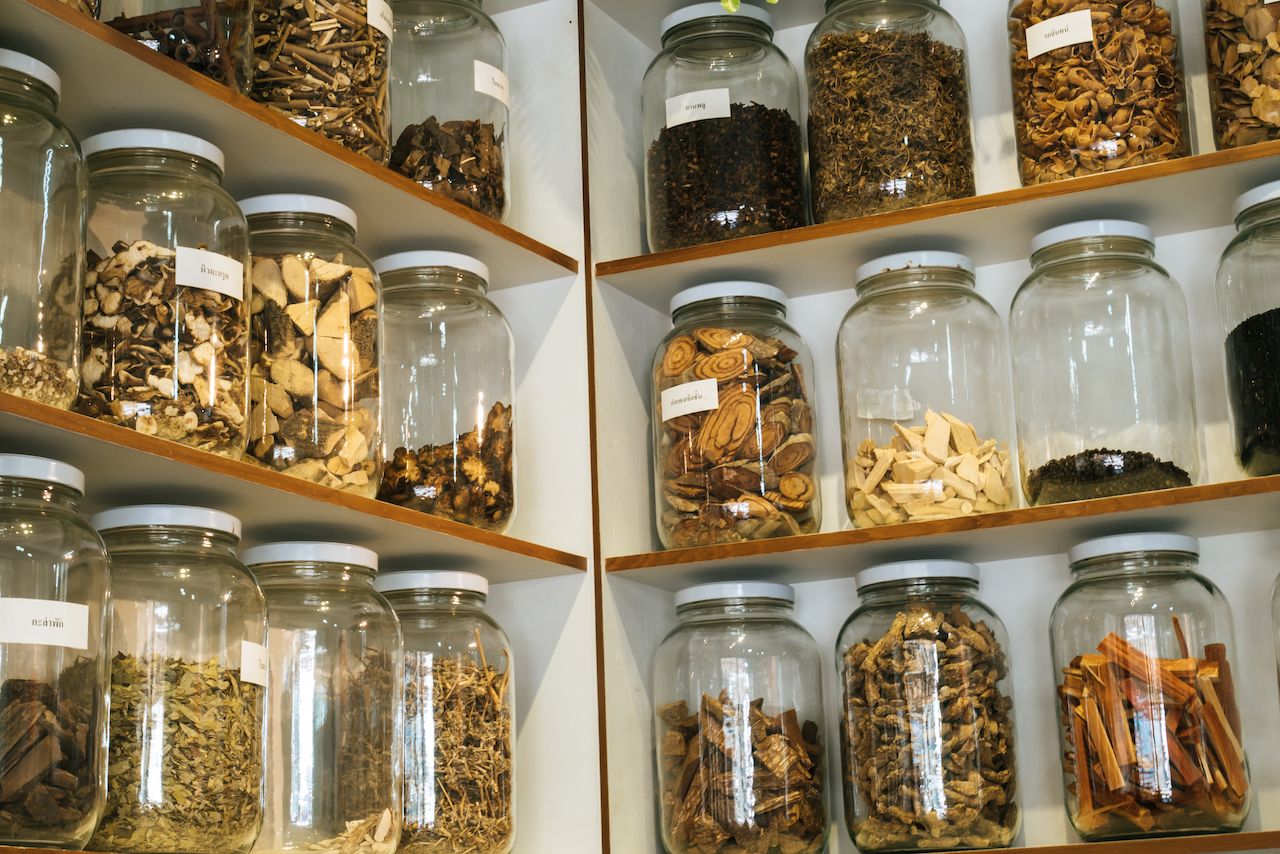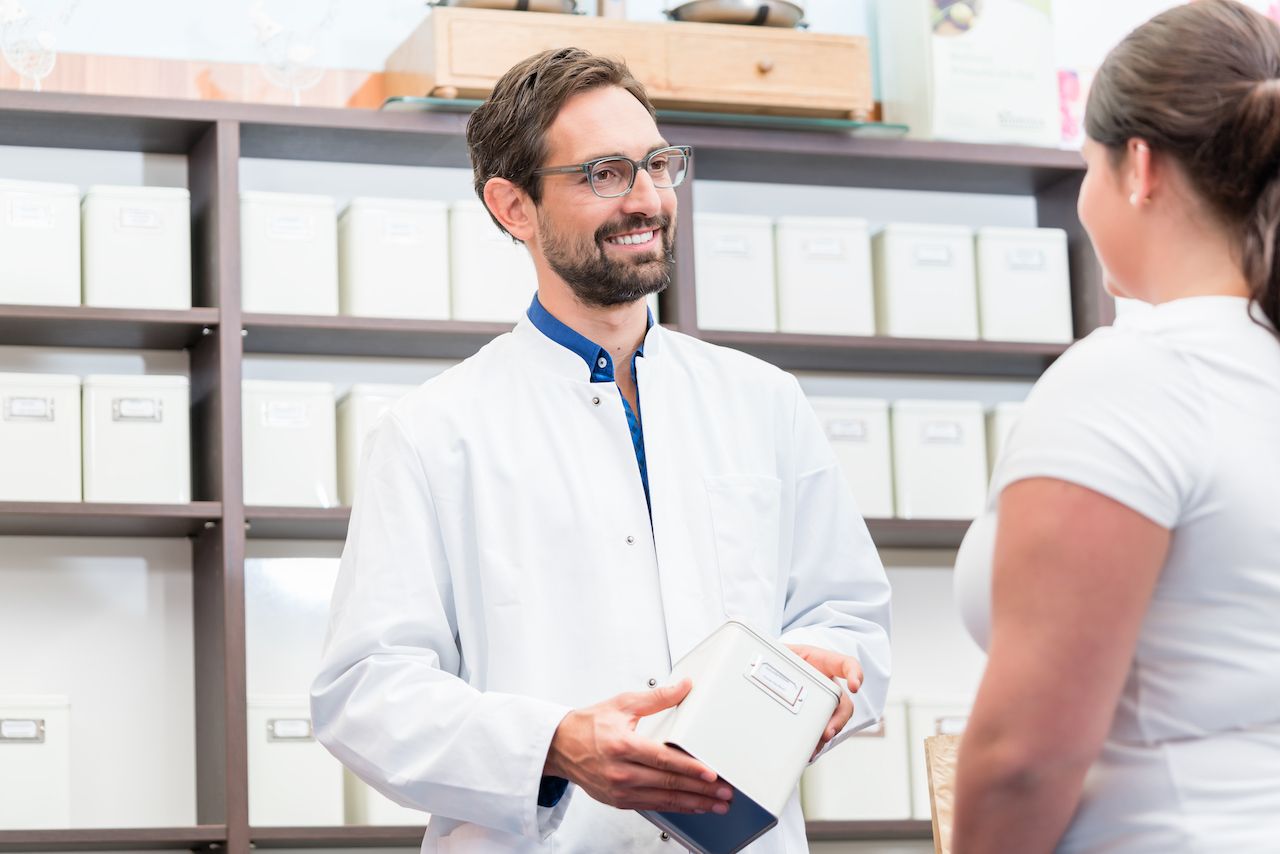Alternative medicine is always accompanied by controversy, with those who swear by its healing potential and others who denounce it as quackery. When it comes down to it, most of us are really just wanting a safe, personalized medical experience that considers both who we are and why we’re suffering. These European countries are showing us, each in their own way, how the modern medical model can coexist with alternative medicine and how we can have the best of both medical worlds.
Editor’s note: Please consult a doctor before incorporating any alternative medicine into your health regime.
